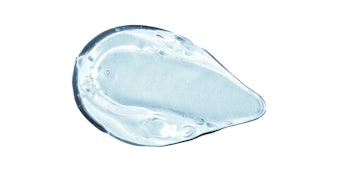Results of a survey conducted by the American Academy of Physician Assistants (AAPA) show that the nationwide median compensation for physician assistants (PAs) who are paid salary only is $90,000, but rises to $100,000 for PAs who receive a base salary plus a bonus. In addition, PAs who work in dermatology report the highest median income at $117,000.
Across all practice settings and specialties, nearly half (46%) of PAs report receiving bonuses on top of their base salary. The bonuses are largely determined by performance outcomes such as productivity and quality improvement. Three-fourths (75%) of PAs report their base pay is from annual salary. The remaining 25% are primarily compensated based on an hourly wage (22%) or on productivity measures determined through relative value units (RVUs), patient encounters, and charges or collections (approximately 3%).
Higher median compensation levels—which include both salary and bonuses—are found in specialties, such as dermatology ($117,000), emergency medicine ($108,000) and surgery ($105,000), while PAs working in primary care and family medicine report earning less ($94,000 and $93,400, respectively).
Employer type is also an important factor in PA compensation, according to survey results. Higher median PA base salaries are reported in employer settings such as university hospitals ($93,000) and other hospitals ($95,000), while the lowest compensation is found in solo physician practices ($85,000).
Location is also an important salary determinant. The top five metropolitan areas with the highest median PA base salaries include Los Angeles ($97,000); Dallas ($96,500); Houston ($95,500); Atlanta ($94,200); and New York ($93,300). When bonuses are taken into account, the highest median compensation for PAs is found in New York ($105,000); Los Angeles ($103,250); Houston ($103,000); Dallas ($102,500); and Boston ($102,000).
The survey found that professional development (PD) is widely supported by PA employers with 62% of PAs reporting that their employer directly pays for all of their state licensing fees, and 71 percent of PAs say their PD allowance covers continuing medical education (CME) expenses. The survey also shows that employers typically offer PAs a median of four weeks of vacation (20 days) per year.
The AAPA-administered online survey took place from March to July 2013. More than 18,000 AAPA members and nonmembers responded.
"America's 95,000 PAs clearly bring significant economic value to today's healthcare marketplace," said AAPA President Lawrence Herman, PA-C, MPA, DFAAPA. "It's no surprise that PAs continue to be one of America's most sought-after healthcare providers."











